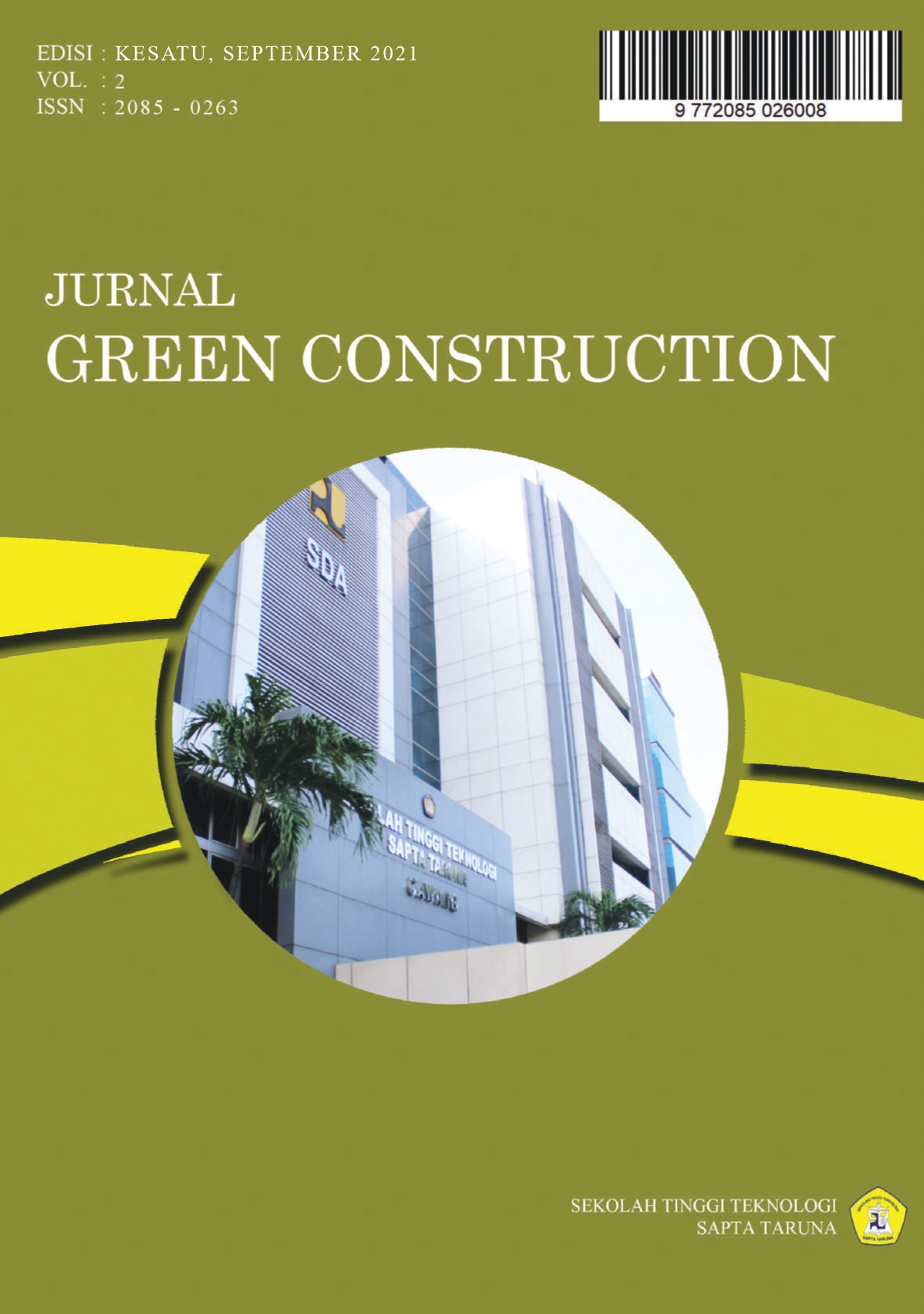ANALISIS STRUKTUR PORTAL BAJA 2 D MENGGUNAKAN SISTEM PEREDAM PASIF DENGAN ANALISIS RIWAYAT WAKTU
Kata Kunci:
viscous damper, device, reduce, response of the structure, dissipation energyAbstrak
Along with the development of technology in earthquake-resistant planning, an alternative design approach has been developed to reduce the risk of damage to earthquake-resistant buildings, and be able to maintain the integrity of structural and non-structural components against strong earthquakes. This design approach is not by strengthening the building structure, but by reducing the earthquake forces acting on the building. At this time there are two kinds of technology that can be used to reduce the effects of earthquakes on buildings so that buildings do not suffer fatal damage after an earthquake. The two technologies are Base Isolation Devices and Seismic Dampers. Seismic Dampers, including passive control devices, are a technology developed to reduce the effects of earthquakes on buildings, which are placed on building structural elements, such as diagonal braces. The results of the analysis in this study indicate that the use of dampers on steel frame structures subjected to earthquake loads can reduce the response of the structure to displacement, velocity, and acceleration. The performance of structures using dampers is better than that of structures without dampers. This can be seen from the reduced floor drift or shear force due to earthquake loads. The damper on the 1st floor dissipates more energy than the floor above. The location of the damper placement in the x-direction is proven to improve the performance of the structure.
Unduhan
Referensi
Anil K .Chopra, “Dynamics of Structures – Theory and Application to Earthquake Engineering”, 2007.
Fracklin Y. Cheng, Hongping Jiang, Kangyu Lou, “Smart Structures Innovative Systems for Seismic response Control”, CRC Press, 2008.
Newmark, N M and Hall, W. J., Earthquake, Spectra, and Design, Earthquake Engineering Research Institute (EERI), Oakland, CA, 1981
Hanson,R.D., and Soong,T.T., (2001), “Seismic Design with Supplemental Energy Dissipation Devices,” Earthquake Engineering Research Institute, Oakland (CA), USA
Skinner,R.I., McVerry,G.H., Robinson,W.H., (1999), and “An Introduction to Seismic Isolation,” John Wiley & Sons, USA.


